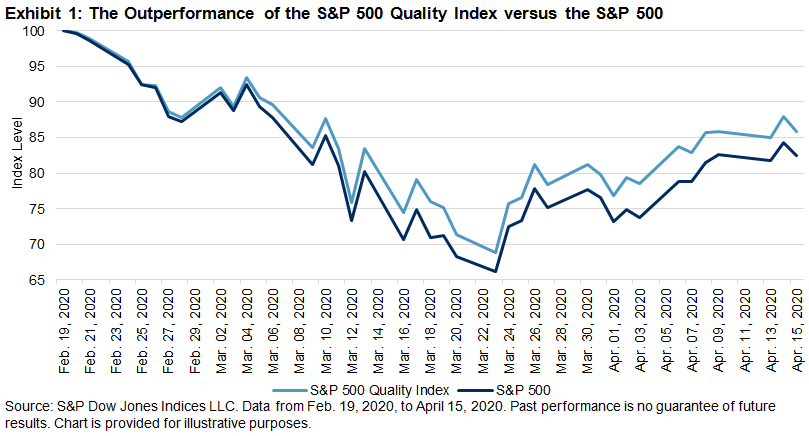Explore how high volatility and high dispersion can impact passive and active managers’ performance with S&P DJI’s Craig Lazzara.
Get the latest Dispersion, Volatility, & Correlation dashboard: https://spdji.com/documents/commentary/dashboard-dispersion-2020-03.pdf
The posts on this blog are opinions, not advice. Please read our Disclaimers.









